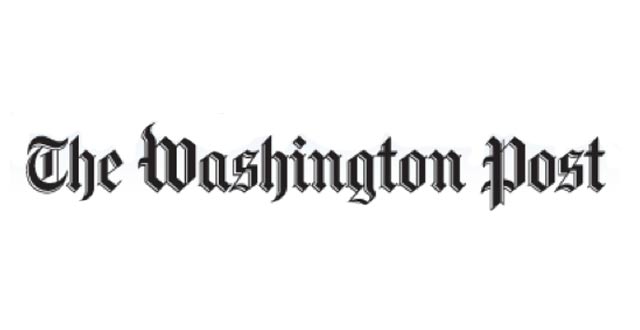Most major newspapers have taken the switch from print to web already. And nearly all of them have launched paywalls on the websites to help bolster their declining revenues. Washington Post was among the few papers who hadn’t imposed a paywall yet but it may well be on its way now.
Given the sharp decline in the circulation of print-based copies of papers, nearly all papers have suffered losses in their revenue. Most have tried to offset such losses but imposing paywalls on their websites – a fee for such users who wish to read the entire paper.
However, Washington Post had been shying away from such a feature on its website until now. All the content on its website continues to be free and in the past, the paper has vehemently defended this position by citing how a paywall would be unsuitable for a newspaper of its stature.
But its revenue has declined greatly in recent months. Its newspaper division incurred an operational loss of $56.3 million in the first nine months of this year. A number of reports now suggest that in light of all this, the Post may finally be ready to introduce a paywall of its own.
If it does that, the paywall is going to be a ‘metered paywall’, which allows a user to read a certain number of stories for free before he is asked to subscribe by paying a fee if he wishes to read more stories. At the same time, the paper may increase the price of its print version. Whereas most users would certainly prefer that Washington Post remains free, that calls for an unsustainable business model.
Source: WSJ
[ttjad keyword=”nokia-smartphone”]




